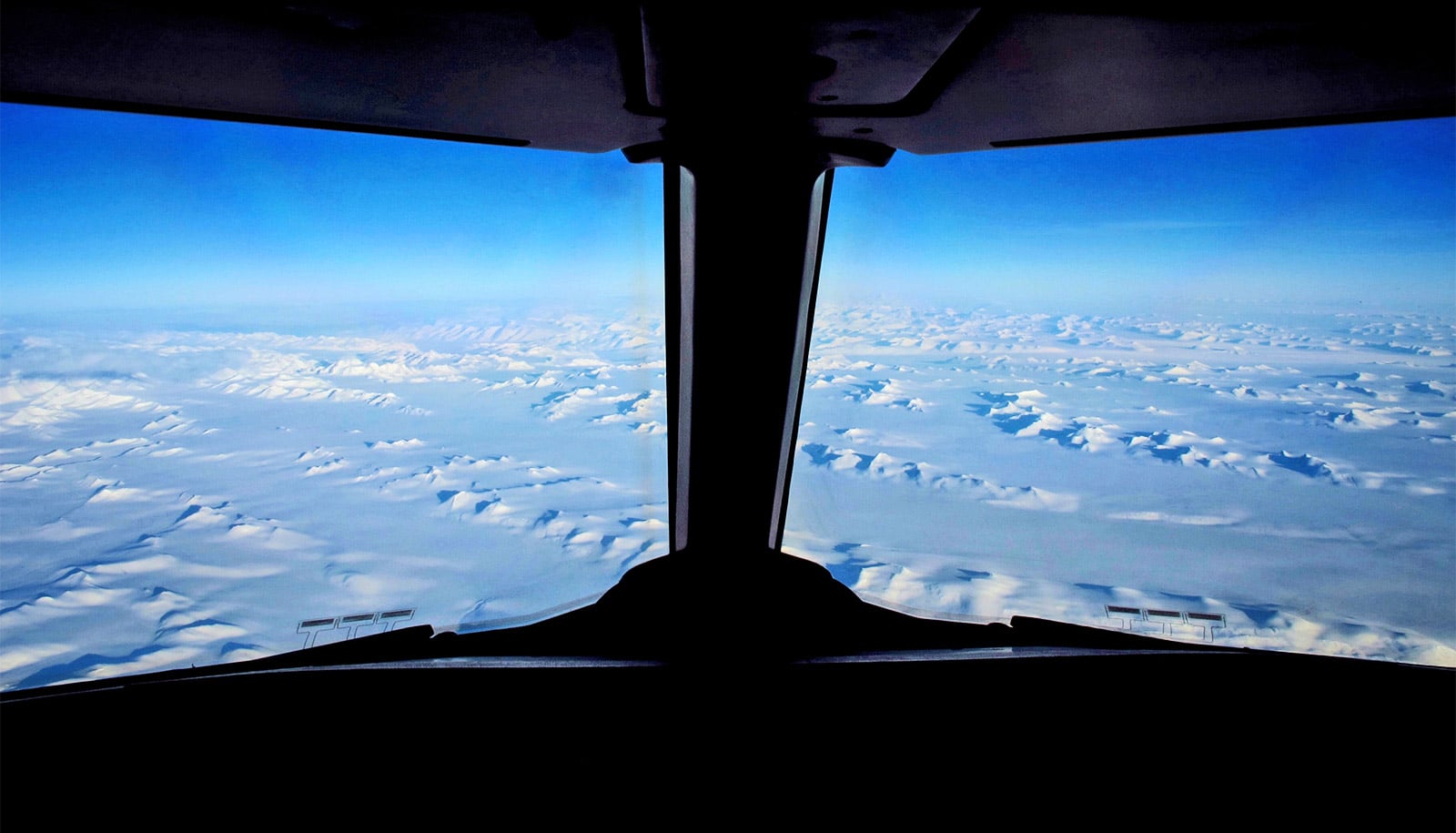During a research trip to Antarctica, Peter Neff recorded a video of the sound ice makes when it falls 80-90 meters into a glacier borehole.
What began as a “silly pastime” of tossing ice chunks down a borehole in Taylor Glacier, Antarctica, has led to a video with more than 8 million views and a collaboration between an acoustics expert and a climate scientist.
??Sound ON??
When #science is done, it’s fun to drop ice down a 90 m deep borehole in an #Antarctic ?? #glacier ❄️. So satisfying when it hits the bottom.
Happy hump day. pic.twitter.com/dQtLPWQi7T
— Peter Neff (@peter_neff) February 28, 2018
People around the globe have viewed the video, and Neff, a postdoctoral associate in the University of Rochester’s Ice Core Lab, has received multiple requests from viewers wondering what caused the odd sounds made by the plummeting ice.
“I had never heard anything like this recording before, especially the ‘ricochet’ sound…”
“In the field we were fascinated by the sound and couldn’t help putting in piece after piece of ice to hear the noises again,” Neff says. “Not being familiar with acoustics, I was only able to wildly guess what caused the sounds.”
Enter Mark Bocko, professor and chair of the electrical and computer engineering department. Neff sent him the video and Bocko, too, was intrigued. He quickly got in touch with a number of his colleagues. Their discussion led to a full analysis of the sound frequencies and, consequently, an in-depth understanding of what causes the noises.
“I had never heard anything like this recording before, especially the ‘ricochet’ sound, and I have to admit that we were stymied for a few days,” Bocko says. “After digging into some of the darker recesses of my old acoustics textbooks, I was able to work out the details and this turned out to be a straightforward but really striking illustration of sound dispersion in acoustic waveguides.”
According to Bocko’s analysis:
- As the piece of ice falls down the hole, it scrapes and bounces off the edge of the borehole. You can hear the frequency of this sound decrease as the ice chunk picks up speed the further down the hole it gets. The decrease in frequency is the Doppler effect, the same effect that causes a car horn to drop in pitch as it drives past you.
- After the ice chunk hits the bottom of the borehole, you can hear a “ricochet” noise, which is caused by the slightly different ways the sound from the impact propagates back up the borehole. The acoustic wave for the “heartbeat” impulses travels straight up the borehole, while the other sound waves bounce back and forth off the side-walls of the borehole on their way up. This causes different frequencies to travel at different speeds. The high frequencies travel fastest and get to the top first while the low frequencies lag behind and arrive later.
- The spacing of the “heartbeat” noises after the ice impacts results from the depth of the hole and the speed of sound in air. In this case, the speed of sound in air at -20 degrees Celsius is 318.9 meters/second; it takes sound about half a second to make one round in the 80-meter-deep borehole.
Bocko’s full analysis is available here.
While the noise the ice chunks produce is fascinating, Neff says, he also hopes people recognize that the climate clues the ice provides are just as intriguing.
“We go to great lengths to understand how ancient air is trapped in bubbles in glacial ice, providing valuable climate perspectives from the past,” he says. “The science we do in Antarctica is incredibly relevant to our understanding of how the earth system works, but it is also fundamentally beautiful that ancient snowflakes just happen to have been recording how our atmosphere has changed in the past and how we are altering its composition today.”
Source: University of Rochester



